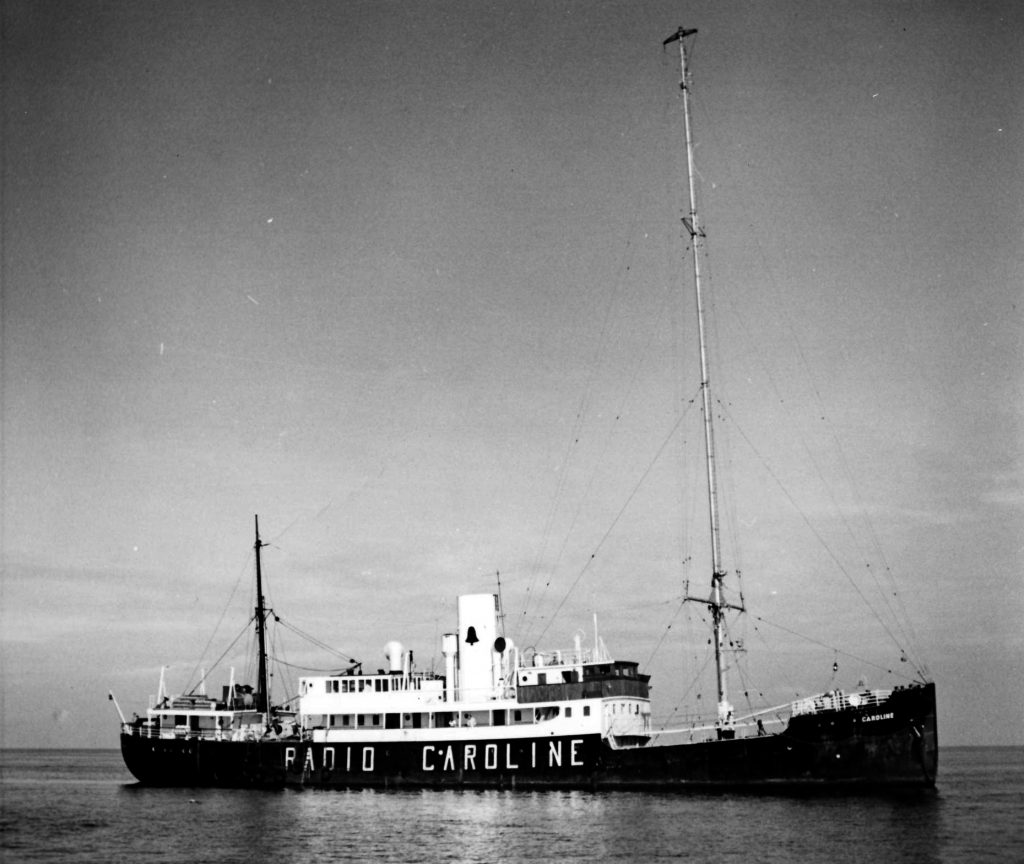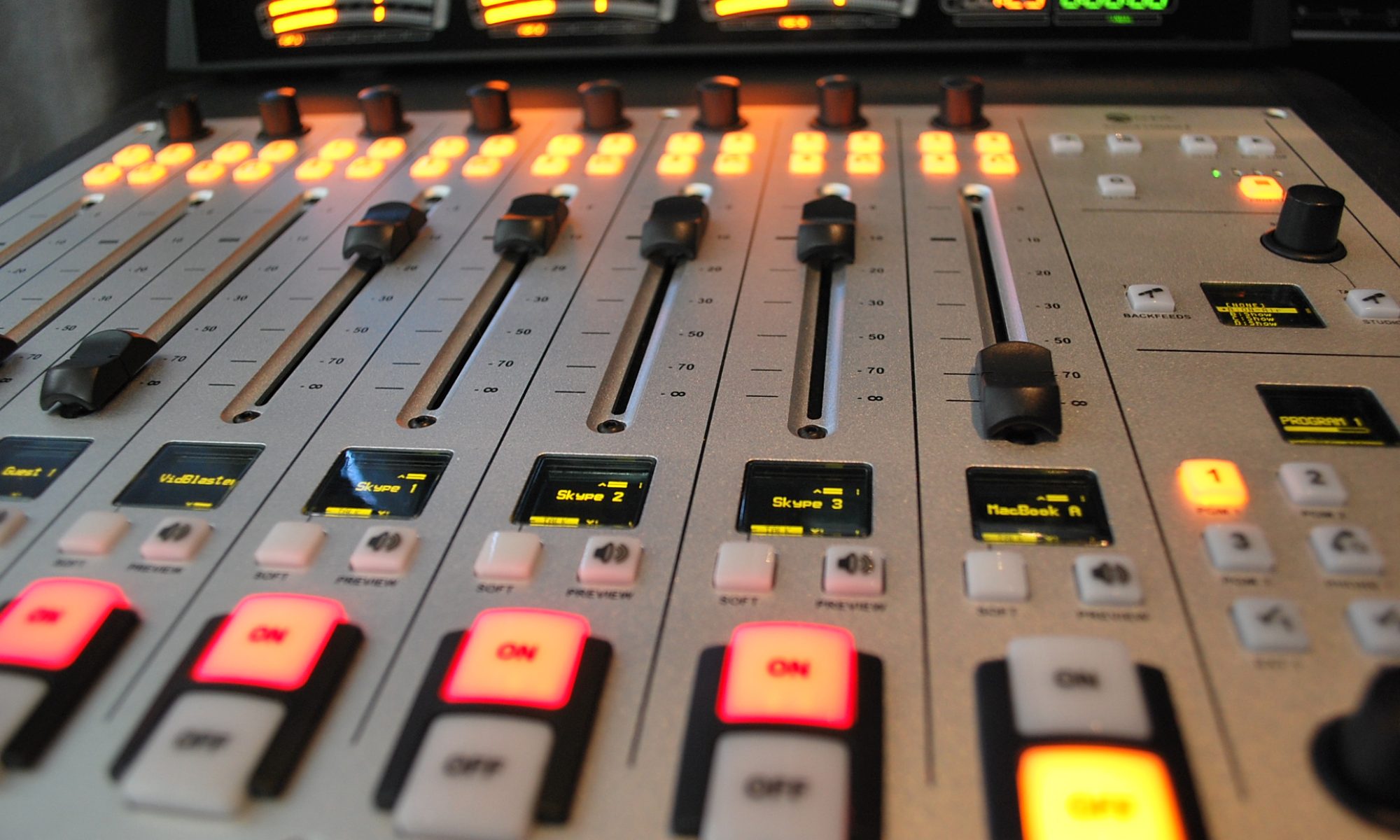Before the mid-1960’s, music radio stations as we know them today didn’t really exist in Britain.
There was barely any musical entertainment to be heard on the radio other than on the BBC’s ‘Light Programme’ which drip-fed it’s listeners a careful selection of ballroom, theatrical, and show music, episodes of ‘Housewives Choice’ and ‘Music While You Work’, and if you hankered for a bit of pop or rock-n-roll, you had a whole hour’s worth per week courtesy of ‘Pick of The Pops’ each Sunday.
This all changed in March 1964 with the arrival of Radio Caroline. Launched at a time when British pop bands such as The Beatles and The Rolling Stones were causing a sensation amongst the country’s youth, this was Britain’s first proper commercial radio station, and it played pop music round the clock. It broadcast from a converted ship just a few miles off the Essex coast. Due to its anchorage in international waters Radio Caroline was able to broadcast legally (it was not in any country, so not liable to any laws).

Being just a few miles from the coast of Essex, Radio Caroline was able to transmit a very clear and powerful signal across London and southern England. Caroline was joined in the early part of 1964 by another station called Radio Atlanta. It was soon decided to merge the two stations, and relocate one of the ships off the coast of the Isle of Man. The newly combined stations were rebranded as Radio Caroline North, and Radio Caroline South, thus creating a national service receivable across huge parts of of Britain and Ireland.
The concept of ‘free radio’ soon spawned dozens of other offshore stations such as Radio London (‘Big L’), Radio England, Radio Scotland (based in the Firth of Clyde, near Glasgow), Radio 270 (based off the Yorkshire coast, near Scarborough) and most curiously, a number of stations which operated from rusty ex-wartime sea forts in the Thames estuary, such as Radio City and Radio Essex.

The quality of these stations varied enormously. While stations such as Caroline and Big L could boast DJ line-ups which included names such as Kenny Everett, Johnnie Walker, Dave Lee Travis and Dave Cash, the smaller stations (such as those based on the forts) were basically run by amateurs.
The pirate stations were regarded as a continual thorn in the side of the government of the day, who were desperate to find an excuse to have them closed down. They didn’t have to wait long, and a shooting incident resulting from a row over ‘ownership’ of one of the illegally occupied Thames forts left a man dead.
The Marine Broadcasting Offences Act became law in August 1967, and the BBC launched it’s national pop music station – Radio One – a month later.
Radio Caroline defied the new law and continued broadcasting illegally until March 1968 before disappearing in a mire of dubious circumstances and unpaid bills, although it did re-emerge in 1972 with a rock-based album format, and continued off and on until late 1990.
The most famous offshore station of the 1970’s was Radio Northsea International, which broadcast on three frequencies (on AM, FM, and short wave) three miles from the coast of Scheveningen, Holland, until the Dutch government introduced their own legislation in 1974.
Other notable offshore stations of this period were the legendary Radio Veronica – a Dutch station, which later gained legal status as a radio and TV broadcaster, and Radio Atlantis, which broadcast in English and Dutch/Flemish, and was anchored off the Belgian coast.

